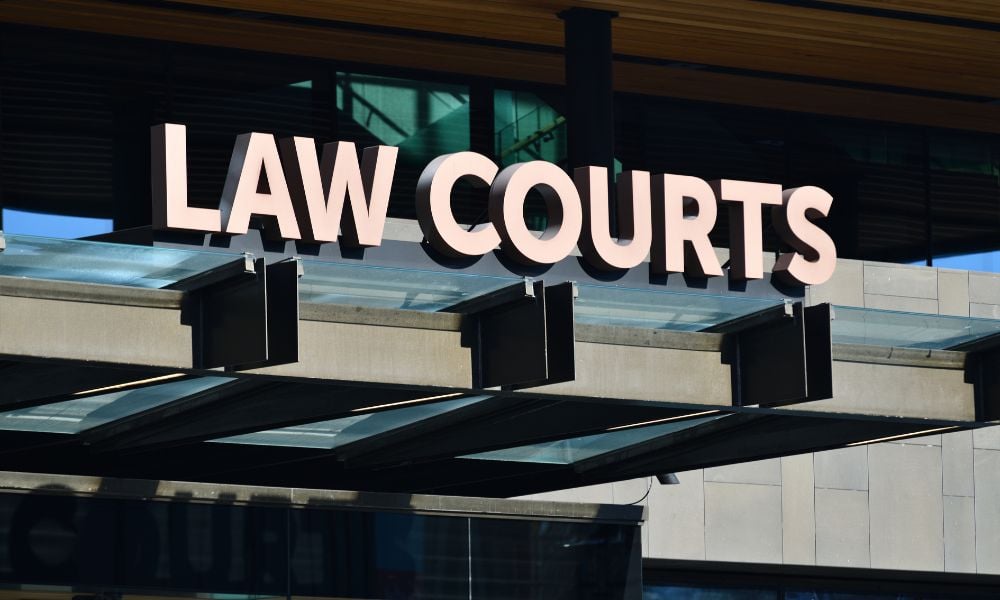
Ruling finds originating application procedure timely and cheap, given estate’s modest means

New Zealand’s High Court has granted applications by an estate’s three executors and trustees requesting permission to commence, via an originating application, a proceeding seeking to discharge the third executor and trustee whom the testator named in his will.
In Estate of Brown, [2025] NZHC 1544, the testator passed away in September 2023, survived by his spouse and three children from a previous relationship.
The testator’s final will – dated June 2013 and granted probate in February 2024 – identified his widow and three children as his estate’s only beneficiaries. His will named his widow, eldest child, and lawyer as the estate’s executors and trustees.
In October 2024, the testator’s lawyer had an accident leading to disability. He took an extended sick leave and wanted to free himself from his duties as an executor and trustee.
Around six months later, the will’s executors and trustees, the estate’s beneficiaries, and the testator’s widow in her personal capacity executed a deed of family arrangement, which provided:
Thus, the estate’s three executors and trustees applied before the High Court for an order removing the testator’s lawyer as an executor and trustee and leave to bring this proceeding through an originating application.
The application’s supporting documents included an affidavit from the testator’s lawyer and a memorandum from the applicants’ counsel. Everyone interested in the application expressed their consent to the requested orders.
The High Court of New Zealand issued orders granting leave to make this without-notice application via originating application, discharging and removing the testator’s lawyer as an executor and trustee, and dispensing with service.
Upon considering the applicable law and supporting documents, the court ultimately found it appropriate to grant leave. The court agreed with the applicants’ counsel that:
To address the application’s substance, the court deemed it appropriate to proceed under the Administration Act since the estate’s administration was incomplete. The court said it had jurisdiction to discharge an administrator under s 21 of the Administration Act.
The applicants’ counsel emphasised that this application revolved around the substantive issue of whether the court should replace the testator’s lawyer with another professional executor and trustee.
The court noted that the testator presumably wanted a professional executor to help the two family member executors navigate the process and resolve any differences arising between them.
However, the court found it unnecessary to replace the testator’s lawyer with a professional executor and trustee, given the following circumstances. First, the court noted that the estate was modest and largely administered.
Second, the court said all beneficiaries agreed that a professional executor would be unnecessary, and their lawyers could tackle the administration’s remaining aspects with instructions from the two family member executors.
Third, the court confirmed that the testator’s widow and eldest child could efficiently complete the estate’s final administration with the proper legal assistance.
The court echoed the following points raised by the applicants’ counsel: